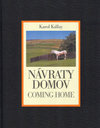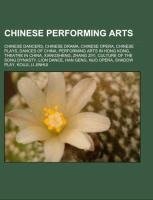
Chinese performing arts
Source: Wikipedia. Pages: 78. Chapters: Chinese dancers, Chinese drama, Chinese opera, Chinese plays, Dances of China, Performing arts in Hong Kong, Theatre in China, Xiangsheng, Zhang Ziyi, Culture of the Song Dynasty, Lion dance, Han Geng, Nuo opera, Shadow... Viac o knihe
Produkt je dočasne nedostupný
19.62 €
bežná cena: 22.30 €
O knihe
Source: Wikipedia. Pages: 78. Chapters: Chinese dancers, Chinese drama, Chinese opera, Chinese plays, Dances of China, Performing arts in Hong Kong, Theatre in China, Xiangsheng, Zhang Ziyi, Culture of the Song Dynasty, Lion dance, Han Geng, Nuo opera, Shadow play, Kouji, Li Jinhui, Dashan, Dragon dance, Four Arts of the Chinese Scholar, Sun Rui, Victoria Song, Romance of the West Chamber, Anson Hu, Zhao Yongxin, Xiao Shunyao, Theatre of China, Han Lao Da, Tan Jianci, Chi YueHan, Chungliang Al Huang, Li Cunxin, The Hong Kong Academy for Performing Arts, Circle of Chalk, Taiwanese opera, ZNS, Karjam Saeji, Lisa Lu, Liao Zilan, Qinqiang, Sichuan opera, Bian lian, Huangmei opera, Kunqu, Chinese variety art, Ma Ji, The Other Shore, Yuan Xuefen, Jia Ruhan, Quyi, Pingshu, Orphan of Zhao, Yangge, Chinese television drama, Secret Love for the Peach Blossom Spring, Huaguxi, Guo Degang, Performance art in China, Nanxi, Hou Yaowen, Shuochang, Ma Sanli, Jiju, Yang Liping, Huju, Wang Shaotang, Hai Rui Dismissed from Office, Chen Shi-Zheng, Feng Gong, The Injustice to Dou E, Yueju opera, Gaojia opera, CCTV-11, Pear Garden, The Fragrant Companion, Hong Took Tong Chinese Dramatic Company, Rhinoceros in love, Liyuan opera, Henan opera, Hebei bangzi, Min opera, Er ren zhuan, Jiangsu Province Kunqu Theatre, Chen Ailian, Tim Wong, Shulaibao, Wuju, Four Great Characteristic Melodies, Huiju, Suzhou Museum of Opera and Theatre, Tea-picking opera, Baishou Dance, Yunbai, Pingju, Lüju, Puju, Longjiang opera, Luju, Dunhuang dance, Ouju. Excerpt: The Song Dynasty (960-1279 AD) was a culturally-rich and sophisticated age for China. There was blossoming of and advancements in the visual arts, music, literature, and philosophy. Officials of the ruling bureaucracy, who underwent a strict and extensive examination process, reached new heights of education in Chinese society, while general Chinese culture was enhanced by widespread printing, growing literacy, and appreciation for the various arts. The ruling gentry class viewed its artwork as more refined than works created by career painters patronized at court and paid for their services. Trends in painting styles amongst the gentry notably shifted from the Northern (960-1127) to Southern Song (1127-1279) periods, influenced in part by the gradual embrace of the Neo-Confucian political ideology at court. People in urban areas enjoyed theatrical drama on stage, restaurants that catered to a variety of regional cooking, lavish clothing and apparel sold in the markets, while both urban and rural people engaged in seasonal festivities and religious holidays. Anonymous painting of Cai Wenji and her Xiongnu husband (Zuoxianwang) dated from the Southern Song Dynasty.Chinese painting during the Song Dynasty reached a new level of sophistication with further development of landscape painting. The shan shui style painting-"shan" meaning mountain, and "shui" meaning river-became prominent features in Chinese landscape art. The emphasis laid upon landscape painting in the Song period was grounded in Chinese philosophy; Daoism stressed that humans were but tiny specks amongst vast and greater cosmos, while Neo-Confucianist writers often pursued the discovery of patterns and principles that they believed caused all social and natural phenomena. The making of glazed and translucent porcelain and celadon wares with complex use of enamels was also developed further during the Song period. Longquan celadon wares were particularly popul...
- Vydavateľstvo: Books LLC, Reference Series
- Formát: Paperback
- Jazyk:
- ISBN: 9781156827840

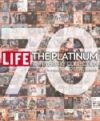
 Anglický jazyk
Anglický jazyk 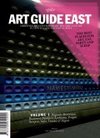
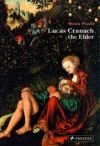
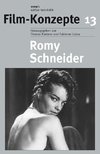
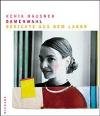
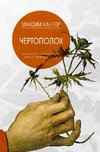
 Ruský jazyk
Ruský jazyk 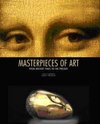
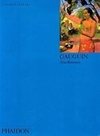
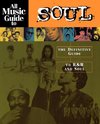
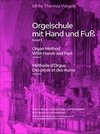
 Nemecký jazyk
Nemecký jazyk 
